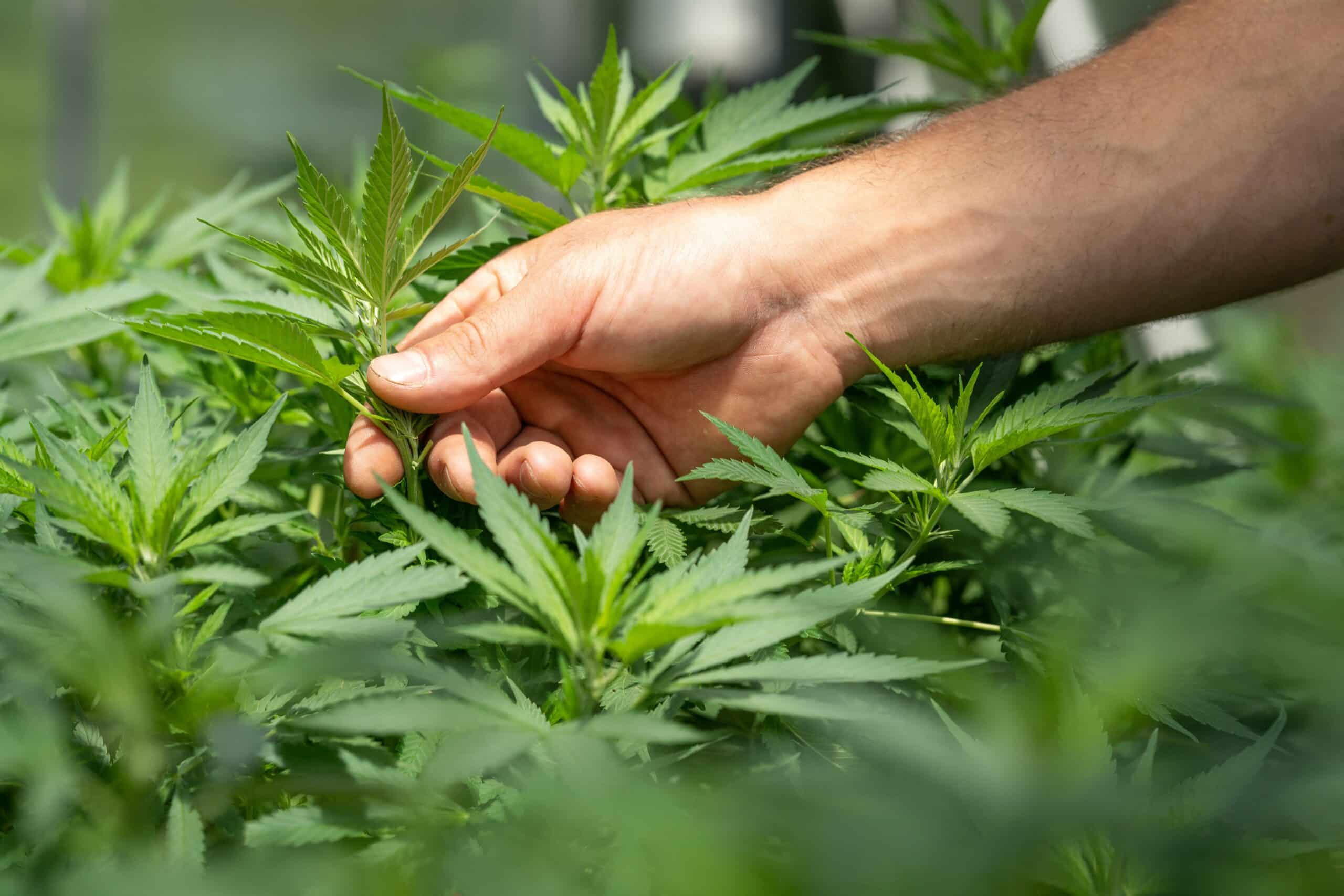What is Cannabis?
Cannabis is the all-encompassing term for the whole physical plant. This includes all 113 identifiable cannabinoids within the plant, the main ones being THC (Tetrahydrocannabinol) and CBD (Cannabidiol)
What is THC?
Tetrahydrocannabinol is the main psychoactive component in the cannabis plant, it does give the “high” effect. It can also be used to treat or prevent nausea and vomiting caused by cancer medications when other medications do not work, as well as increase the appetite of people with decreased appetite issues.
What is CBD?
Cannabidiol is an essential Phyto cannabinoid discovered in the cannabis plant in 1940. It is currently one of the most studied parts of the plant, as the DEA recently declassified this specific part of the Cannabis plant.
What is a Cannabinoid?
A cannabinoid is part of the chemical structure of the Cannabis plant.
There are two main categories of closely related and active compounds – phytocannabinoids (produced by the plant) and endocannabinoids (produced by mammals). This part of the plant is what provides the relief that the body seeks.
Examples:
CBD – the currently most accessible cannabinoid by law and is non-psychoactive, provides anti-anxiety, anti-inflammatory and immunity boosting properties
THC – is the psychoactive cannabinoid and provides pain, nausea and relaxation properties
THCa – is the acidic non psychoactive form of THC that provides anti-inflammatory benefits. This cannabinoid is found when the THC cannabinoid is put the process of decarboxylation.
THCv – is show to assist with appetite suppressant or enhancer dependent on the consumers body chemistry.
CBN – is a degraded or weaker form of THC. It has many potential benefits including antibacterial, neuron-protectant, appetite stimulation, glaucoma and a sedative, however it is still in the early stages of study.
CBG – is shown to be promising for anti-tumors properties, however again falls into the early stages of study.
What is a Terpene?
Terpenes are the organic compounds in cannabis and other plants that give the plant it’s unique scent. Cannabis and other aromatic plants produce Terpenes and Terpenoids for many different reasons like repelling pests or attracting pollinators. It has been known that certain benefits can be obtained through the use of volatile plant terpenes in alternative medicine like aromatherapy. The same goes for cannabis terpenes. Depending on the terpene and cannabinoid ratios the experience can be
different as well.
What are the different type of THC products/consumption on the market?
Within the Vermont market you will find inhalation, topical and ingestible products. All products must be made from Vermont grown cannabis and fall with certain percentage parameters in order to be sold to the recreational market. Inhalation is done through smoking or vaping the raw flower material, edibles are created by taking the processed plant material and mixing it into food forms to go through your digestive track. Sublingual is another form of ingestible that takes the application of the cannabis plant through the salivary glands and then you can also apply it topically with the use of slaves and lotions.
What consumption methods are Magic Mann products?
All of them!!!
Inhalation -Pre-rolls, dried flower, concentrates and cartridges
Ingestion -Any form of produced edibles that are chewed and then swallowed
Sublingual -Any form of produced edibles that are “sucker candies” or tinctures
Topical – Salve or dermatological patches
Why do edibles feel and work differently than the other methods out there?
How the edibles work will depend on the individual’s body chemistry.
Some people can have a delay of up to 12 hours when using edibles because once an edible is consumed, it enters into the digestive system and gets processed through the primary detox organ, the liver. Many factors can impact this delay on the system, from when and type of food intake, drink and sleep had by the individual. Once THC is
broken down in the liver, it is believed that the newly created smaller metabolic called 11-hydroxy-THC has more ability to cross the blood-brain barrier. This molecular structure change of the cannabinoid can create a result that can be 10 times stronger than normal. Some of the most contributing factors to an individual’s interaction with an edible are daily diet, metabolism, emotional well-being and sleep patterns.
How long will it take me to feel the effects of the plant?
In general onset times average as follows:
Inhalation – smoking or vaping – immediate feeling of the effects
Topical – salves or lotions – 15 to 30 minute delayed feeling
Sublinguals – tinctures and hard candies – 30 minute to 1 hour delayed feeling
Ingestion – edibles – 30 minutes to 2 hours delayed feeling
What is the right dose for me?
An individual’s tolerance for the cannabis plant will range anywhere from 5mg to 200mg per dose. Every individual will have a different combination of delivery methods to find their perfect combination.
What is an Endocannabinoid System? Do I, a human, have one?
The endocannabinoid system is a regulatory system found in every mammal. The system has been identified to have two primary receptors CB1 and CB2, these receptors regulate the brain and nervous system as well as vital organs. This system is still a newer one to the scientific world and will require further study and discovery.
Copyright © 2024 Magic Mann All rights reserved.
Site by CannaPlanners
